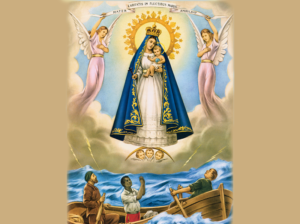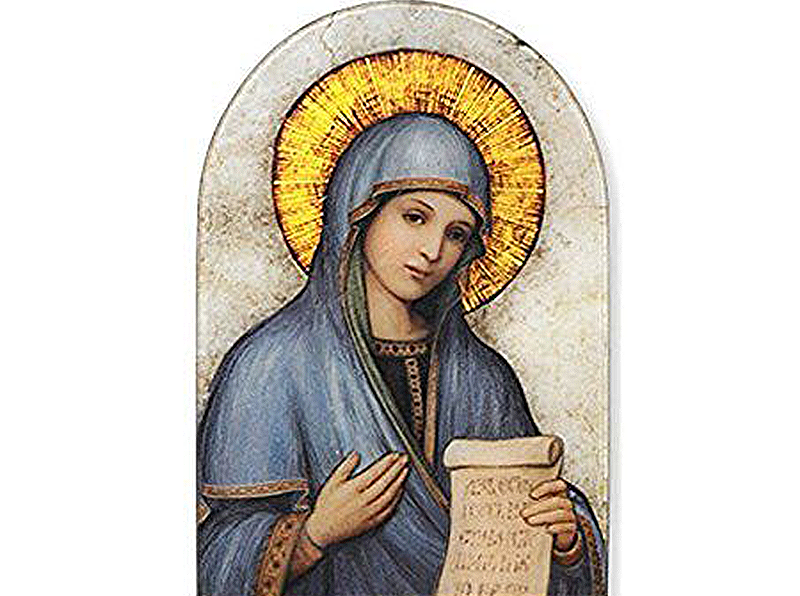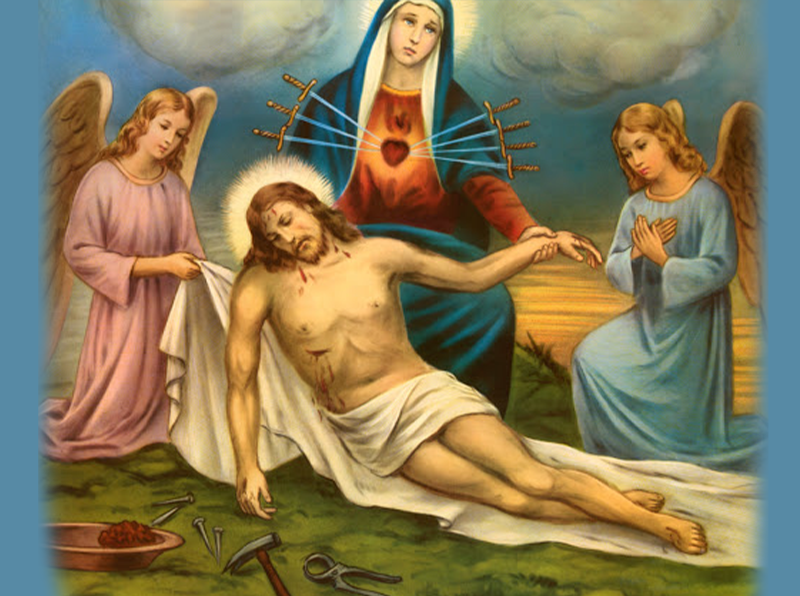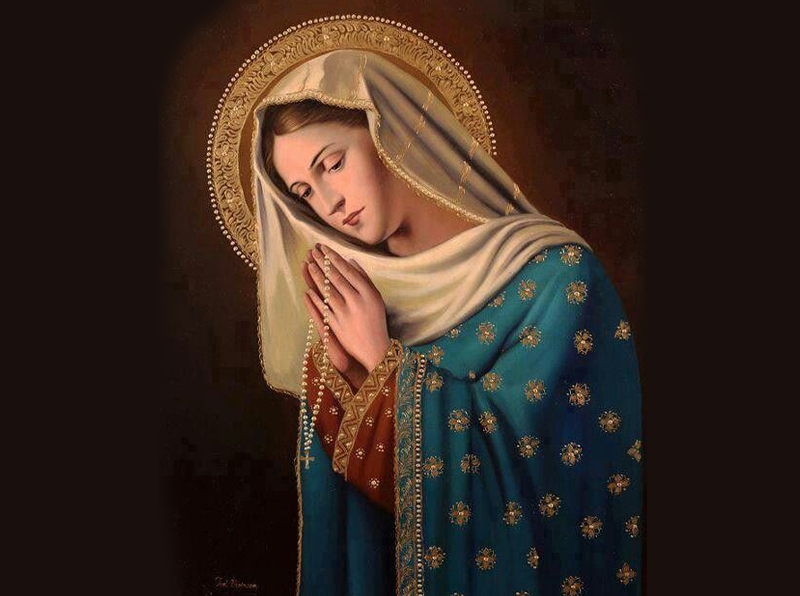 According to old documents found in the General Archive of the Indies (Seville), the arrival of the image of the Virgin of Charity to the mountains of the Sierra del Cobre, in Cuba, took place when an Illescan, Francisco Sánchez de Moya, captain of artillery, received on May 3, 1597 a mandate from King Philip II of Spain to go to the mines of the Sierra del Cobre to defend those coasts from the attacks of English pirates.
According to old documents found in the General Archive of the Indies (Seville), the arrival of the image of the Virgin of Charity to the mountains of the Sierra del Cobre, in Cuba, took place when an Illescan, Francisco Sánchez de Moya, captain of artillery, received on May 3, 1597 a mandate from King Philip II of Spain to go to the mines of the Sierra del Cobre to defend those coasts from the attacks of English pirates.
The king commissioned him to build a small church, a place where soldiers and miners could go to commend themselves and pray to the venerated image of the Virgen de la Caridad. Before leaving for the New World, this captain had a replica of the Virgin of Charity carved in Toledo, which he took by sea to the island.
Local legend recalls the Spanish captains who bring with them religious Marian images to guide and protect them from English pirates at sea. Two Native American or Indian brothers, Rodrigo and Juan de Hoyos, and an African slave child, Juan Moreno, set out to the Bay of Nipe for salt.[1] They are traditionally given the moniker the “three Juans”. They needed the salt for the preservation of the meat at the Barajagua slaughter house, which supplied the workers and inhabitants of Santiago del Prado, now known as El Cobre. While out in the bay, a storm arose, rocking their tiny boat violently with incoming waves. Juan, the child, was wearing a medal with the image of the Virgin Mary. The three men began to pray for her protection. Suddenly, the skies cleared, and the storm was gone. In the distance, they saw a strange object floating in the water. They rowed towards it as the waves carried it to them. At first they mistook it for a bird, but quickly saw that it was what seemed to be a statue of a girl. At last they were able to determine that it was a statue of the Virgin Mary holding the child Jesus on her left arm and a gold cross in her right hand. The statue was fastened to a board with an inscription saying “Yo Soy la Vírgen de la Caridad” or “I am the Virgin of Charity”. Much to their surprise, the statue remained completely dry while afloat in the water.


